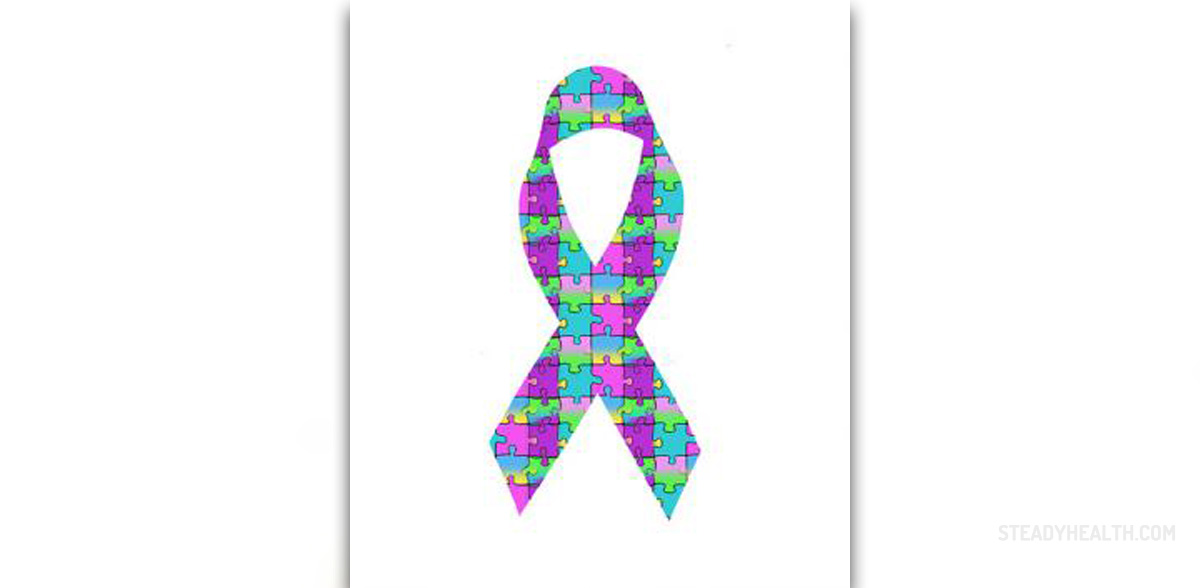
Autism is a disorder of neural development that is typically characterized by patient’s impaired social interaction, communication, and very restricted, often repetitive behavior. The signs of autism are typically noticeable even before the child is three years old, but in many cases parents fail to understand the strange nature of their child’s behavior. The autism spectrum disorders are characterized by these abnormalities, which may have different manifestations. Autism is the core of many different forms of these abnormalities which manifest differently in different people. There are five basic group of disorders with similar features.
Classical autism
Classical autism is also known as severe autism, Kanner's Syndrome, infantile autism, childhood autism, or simply autism disorder. This is the most severe type of autism that affects the patient's communication, social development and behavior. Many patients affected by this type develop their language skills very late or not at all. They typically repeat the same things constantly, have a very limited area of interest, and they become very upset if their routines are changed. These patients lack the affect or emotional contact with others but keep their fascination with manipulating objects. They are usually attractive and intelligent in appearance, but only in a limited area of their interest. They typically have high visuo-spatial skills, but major learning difficulties in other areas.
Asperger syndrome
This type of autism is defined by difficulties in social interaction and strong interest in restricted and repetitive patterns of behavior. These patients are usually very clumsy, and they have poor language skills. In contrast to people suffering from classical autism, people with Asperger syndrome often approach others but usually in an awkward way. For example, the person with this syndrome may continue long speech about a certain topic that interests him, never recognizing the listener’s obvious signs of refusal to continue with the conversation.PDD-NOS
This is a short name for Pervasive Developmental Disorder—Not Otherwise Specified. This type of autism is usually diagnosed around the age of four. It is usually milder than classic autism but in rare and extreme cases it can be more severe. Children with PDD-NOS usually experience difficulty reading facial expressions and relating to feelings of others, but their symptoms start even when they are babies. These patients do not babble as infants, and later their vocabulary is limited. Other characteristics include rigid language, narrow interests, uneven language development, and poor nonverbal communication.
Rett syndrome
This syndrome is a neurodevelopment disorder of the grey matter of the brain that typically affects females. The disease has physical manifestations such as small hands and feet and stunned head growth. Patients usually have repetitive hand movements, repetitive urge to put the hands in the mouth, they usually have verbal skills, they fail to grow and often suffer from seizures.
Childhood disintegrative disorder
This is a rare condition that manifests as developmental delay in language, social function, and motor skills. The symptoms may first occur any time between ages of 2 and 10. Children affected with the condition show normal development that suddenly becomes almost completely lost. The loss occurs in at least two of six functional areas: expressive language skills, receptive language skills, social skills and self care, bowel and bladder control, play skills, or motor skills.


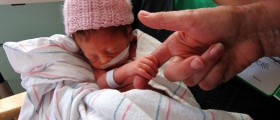

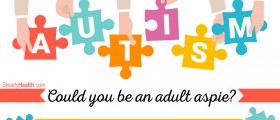

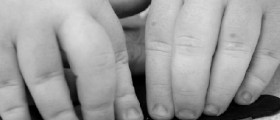
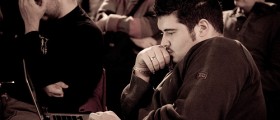
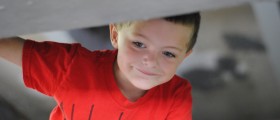
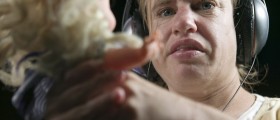







Your thoughts on this
Loading...